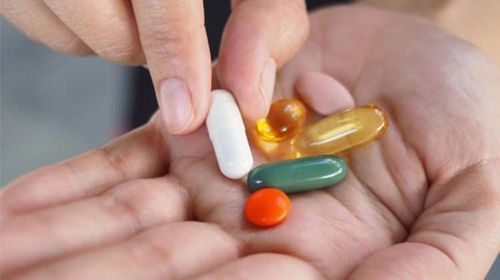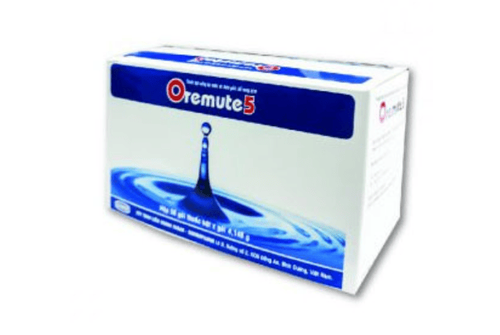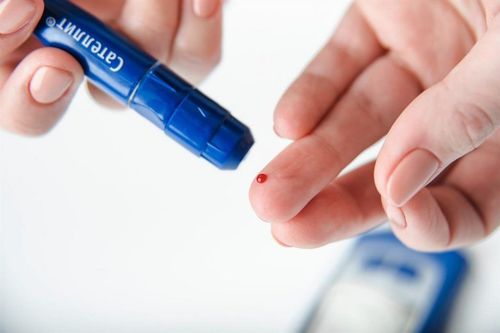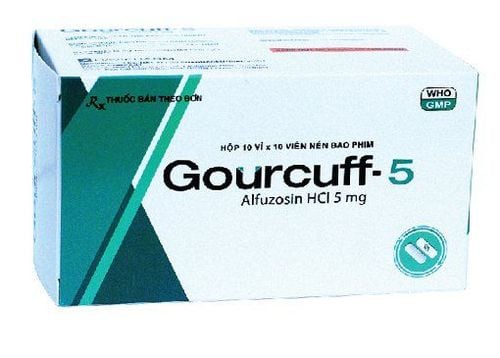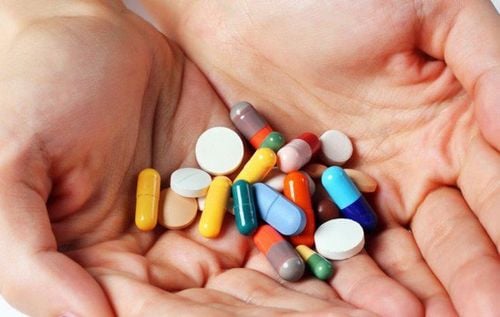This is an automatically translated article.
Diabetes insipidus is a group of diseases with impaired water balance with frequent urination of more than 3 liters/day due to decreased water reabsorption by the kidneys, which is caused by a lack of excretion or the body's resistance to antidiuretic hormone. posterior pituitary. It is divided into 2 types, central diabetes insipidus (CDI) and nephrogenic diabetes insipidus (NDI).
1. Definition of central insipidus
Central diabetes insipidus is a disease caused by a partial or complete deficiency of antidiuretic hormone (ADH) leading to the inability of the kidneys to concentrate urine, dilute urine and consequent polyuria. If you are dehydrated, you will drink a lot, which can cause dehydration and electrolyte disturbances.Central diabetes insipidus can be seen in children, especially in patients after neurosurgery or with brain abnormalities.
2. Causes of central insipidus
Central diabetes insipidus is divided into primary and secondary diabetes insipidus. With each form can be due to different causes.
Primary central diabetes insipidus: The cause may be due to genetic abnormalities of the vasopressin gene on chromosome 20, but in most cases the cause is unknown. Secondary central diabetes insipidus: May be caused by a variety of injuries, including pituitary surgery, traumatic brain injury especially in the case of skull base fractures, tumors on the pituitary gland and in the thyroid gland. The pituitary gland can be primary or metastatic, Langerhans' histiocytosis, granulomatosis, lymphocytic pituitary inflammation, vascular lesions (aneurysms, thrombosis) and brain infections (encephalitis, meningitis).
3. Signs to recognize central diabetes insipidus in children
The first symptom is polyuria, drinking a lot of water: Frequent urination when urine volume is > 150ml/kg/24 hours in neonates, 100-110ml/kg/24 hours in children under 2 years, and 40 to 50 ml/kg/day in older children and adults. Young children may present with severe dehydration, profuse vomiting, constipation, fever, irritability, sleep disturbances, growth retardation, bedwetting. Dehydration/fluid balance/diuresis. Concomitant conditions: Other causes of fluid loss such as from the stomach, surgical drainage. Weight changes in children are an indicator of fluid loss. Basic tests can evaluate disease status such as: urea index, electrolytes, total urinalysis, blood osmolality and urine at the same time (indications for taking samples in the early morning right after patient wakes up) abnormally. Blood osmolality greater than 295 mOsmol/kg. Urinary osmolality less than 300 mOsmol/kg. Sodium in the blood may increase.
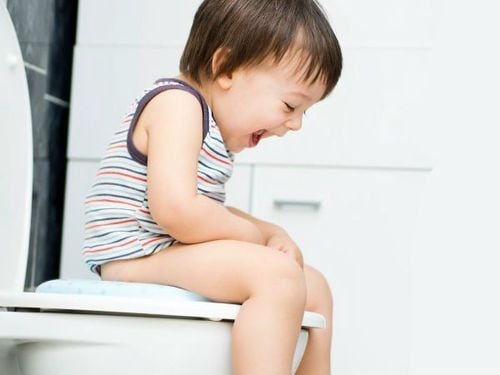
Dấu hiệu đái nhạt trung ương ở trẻ thường có triệu chứng đầu tiên là đái nhiều
4. Diagnosis of central insipidus
In addition to assessment by clinical signs. The accurate diagnosis of the disease requires several measures, including:
Water fasting test: This is the simplest and most reliable method for diagnosing central diabetes insipidus. However, this should only be done while the patient is closely monitored, because severe dehydration can occur. The trial was initiated in the morning by measuring the patient's weight, followed by venipuncture to determine electrolyte levels and osmolarity, and urine osmolality. Measurement of vasopressin: Quantification of vasopressin is the most direct method to diagnose CDI; However, vasopressin hormone levels are difficult to quantify, and this test is often not available. In addition, the use of the water cessation test is also accurate, so direct measurement of vasopressin is sometimes unnecessary. Often serum vasopressin (ADH) levels are used diagnostically after dehydration or infusion of hypertonic saline. Central diabetes insipidus in children needs to be differentiated from other causes of polyuria, especially cardiac polyuria and nephrogenic diabetes insipidus.
5. Treatment of central insipidus in children
Some drugs used to treat central diabetes insipidus in children include:
Endocrine drugs: Desmopressin, Lypressin, Vasopressin aqueous solution. Other combination drugs are used as diuretics (mainly thiazides), Vasopressin secretion stimulants: chlorpropamide, carbamazepine, clofibrate), Prostaglandin inhibitors. Central diabetes insipidus can be treated with the use of hormone replacement and treatment of any modifiable cause. Without proper treatment, permanent kidney damage can occur. Limiting the amount of salt in the diet can also help reduce urine output by reducing the amount of solutes. In summary, central childhood insipidus is common in children who have had neurosurgery or brain abnormalities. Often manifested more urination, thirst, drinking a lot. Diagnosis using water restriction test; patients cannot maximally concentrate urine after dehydration but can concentrate urine after receiving exogenous vasopressin. Address any treatable causes and add desmopressin, a synthetic analogue of vasopressin.
Please dial HOTLINE for more information or register for an appointment HERE. Download MyVinmec app to make appointments faster and to manage your bookings easily.




